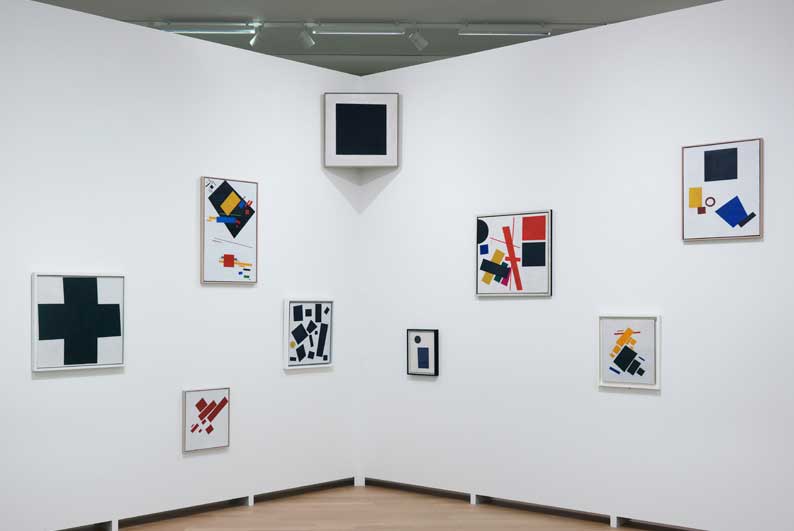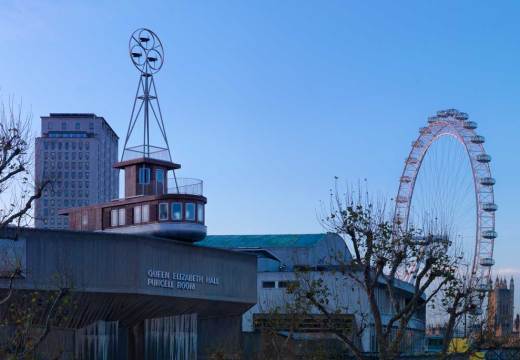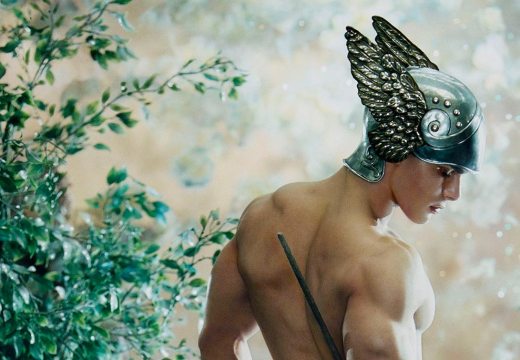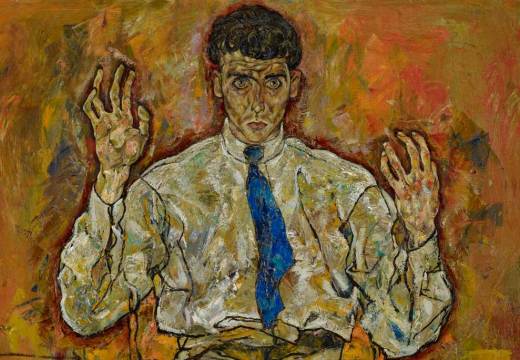In this ongoing series, Apollo previews a range of international exhibitions, asking curators to reveal their personal highlights and curatorial impulses. Geurt Imanse and Bart Rutten are the curators of ‘Kazimir Malevich and the Russian Avant-Garde’ at the Stedelijk Museum, Amsterdam.
Can you tell us a bit about the exhibition?
‘Kazimir Malevich and the Russian Avant-garde’ features selections from the Khardzhiev and Costakis collections and is the largest survey in 20 years devoted to the work of the Russian avant-garde pioneer. The Stedelijk holds the largest collection of Malevich’s work outside of Russia. In 1989, shortly after the fall of the Soviet Union, Malevich was the main subject of a large-scale exhibition at the Stedelijk. It was extremely popular, and we are looking forward to offering this latest retrospective. It is also the culmination of a year celebrating Dutch–Russian relations in the Netherlands.
Malevich was a radical frontrunner of abstract art. He was also an influential teacher and a passionate ‘disciple’ of new art and ideas. Each movement that inspired him is represented, including Impressionism, Symbolism, Fauvism, and Cubism, and the lesser-known figurative works that followed Suprematism. The exhibition demonstrates how Russian icon painting and folk art influenced the artist’s visual language, and highlights the variety of his oeuvre through the presentation of a vast number of oil paintings, gouaches, drawings, and sculptures.
What makes this a distinctive show?
The Stedelijk Museum played an important role in new research by Aleksandra Shatskikh, recently published in the book Black Square. She suggests that it is in Malevich’s drawings that we can follow his artistic quest up close: for example, you can see the artist experimenting in his sketchbook in 1916, during his military service in the First World War. Never before have so many of these sketches been shown.
The exhibition also looks at the collections of Nikolai Khardzhiev and George Costakis, who were the first collectors to be interested in Russian avant-garde art: they were from the next generation and were passionate about these artists.
How did you come to curate this exhibition?
Geurt Imanse (the head of collections) and Frank van Lamoen (assistant curator) had been working on the Khardzhiev catalogue, which provided a very good reason to offer a Malevich exhibition. Curator Bart Rutten worked with Imanse, Van Lamoen and assistant curator Zippora Elders on the show.
Moreover it is precisely 100 years ago that the Futurist opera Victory over the Sun was performed in 1913. Malevich’s set and costume designs mark his first experiments with total abstraction. And in 1923, the Stedelijk organised the first ‘Russian Art Show’; a major exhibition of Russian 19th- and 20th-century art, which included work by Malevich.
What is likely to be the highlight of the exhibition?
One of the most outstanding aspects of the exhibition, which was designed by Marcel Schmalgemeijer, is the reconstruction of the 0.10 exhibition corner wall. In December 1915 the now iconic ‘0.10: The Last Futurist Exhibition’ opened in Petrograd. The only known installation photograph shows how Malevich (who presented 39 entirely abstract paintings) transformed the gallery into a Suprematist space.
For Malevich, his work Black Square was the radical consequence of his Suprematism. We’ve restaged it with a later Black Square (1929) that is now in the collection of the Tretyakov in Moskow. All together this is a true highlight!
And what’s been the most exciting personal discovery for you?
We were able to include a private loan that has never been publicly exhibited before. It is an outstanding painting – a late figurative portrait of artist and designer Elizabeta Yakovleva. The painting differs from most of the late, post-Suprematist works, and is part of a series of portraits in which Malevich returned to classical painting. Simultaneously, you can clearly see Malevich’s artistic developments. The quality of this unique work is fantastic.
What’s the greatest challenge you’ve faced in preparing this exhibition?
The exhibition presents more than 500 works by more than 20 lenders. It was wonderful to work with so many parties and Malevich connoisseurs, but it was also a great challenge. We believe the result is outstanding, a refreshing tribute to a radical and inspiring avant-garde artist. We are grateful to our fantastic team and the many, generous partners we got to work with.
How are you using the gallery space? What challenges will the hang/installation pose?
The exhibition includes many works on paper. This was a deliberate decision, owing to the recent research into Malevich’s drawings. Yet at the same time we wanted to provide a balanced presentation, so we have added two rooms, each devoted to one of the central collectors, Khardzhiev and Costakis. In these rooms you can find works by Malevich alongside those of his contemporaries.
‘Kazimir Malevich and the Russian Avant-Garde’ is at the Stedelijk Museum, Amsterdam, from 19 October 2013–2 February 2014.
Unlimited access from just $16 every 3 months
Subscribe to get unlimited and exclusive access to the top art stories, interviews and exhibition reviews.














![Masterpiece [Re]discovery 2022. Photo: Ben Fisher Photography, courtesy of Masterpiece London](http://www.apollo-magazine.com/wp-content/uploads/2022/07/MPL2022_4263.jpg)
It’s time for the government of London to return to its rightful home